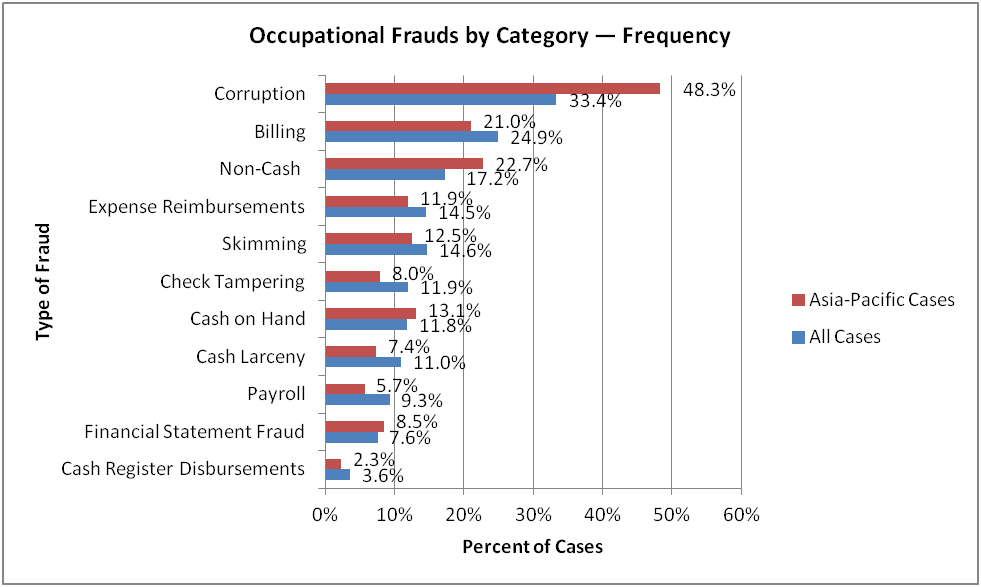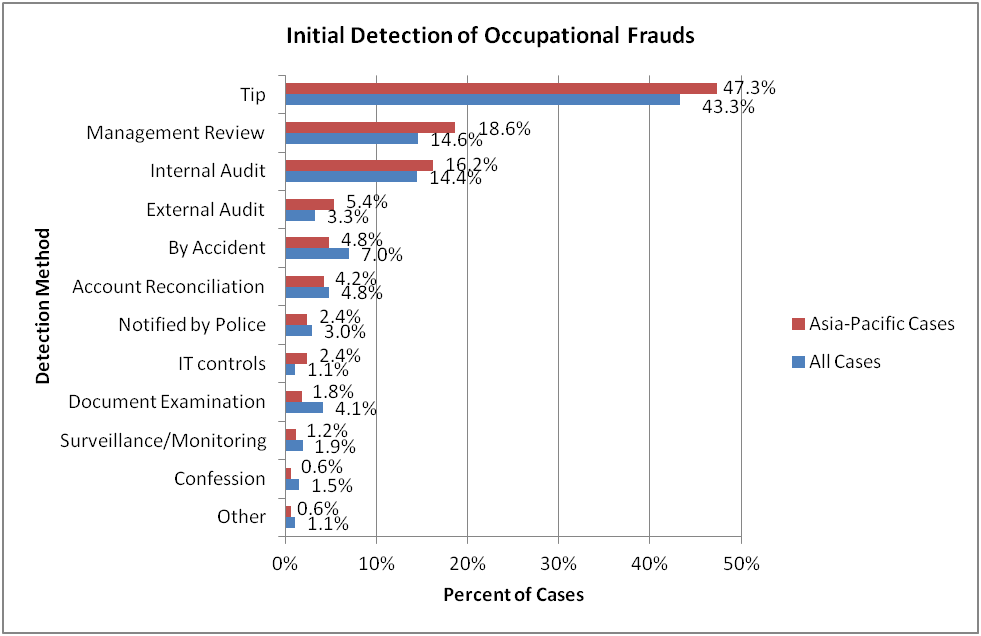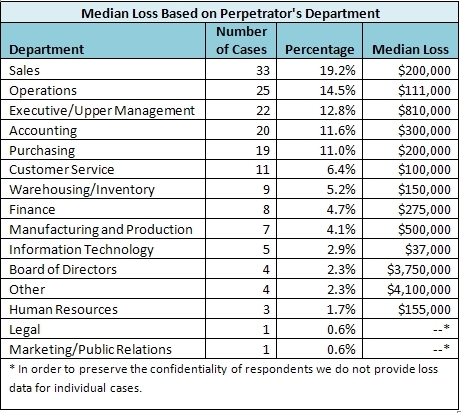Not in My House: Companies Take a Proactive Stand Against Fraud
/GLOBAL SPOTLIGHT
Mandy Moody, CFE
ACFE Social Media Specialist
With the changing mindset towards the subject of white-collar crime, corporations around the world are interested in making it clear to shareholders, regulators, the media and investors that they are taking proactive measures to prevent, detect and deter fraud. And it’s no wonder, as a recent COSO study found that news of an alleged fraud resulted in a 17 percent stock price decline in the two days surrounding the announcement. It is only imaginable what a fraud conviction’s effects are on a company. Think Enron, Olympus, Parmalat and WorldCom.
Just as the effects are becoming more profound, so are the proactive steps companies are taking to prevent fraud from happening in the first place. As the ACFE’s Marketing and Business Development Director Kevin Taparauskas, CFE, said in a blog last year about the evolution of fraud over the past 15 years, “It is no longer a question of whether it is taking place within a company, but rather what are people doing about it?”
 One thing companies like Raiffeisen Bank International (RBI) are doing is joining the ACFE’s Corporate Alliance program. The program, which began as a pilot program with anti-fraud teams at USAA and Walmart, provides companies wanting to take a proactive stance against fraud the opportunity to partner with the ACFE to help educate and grow their fraud-fighting teams. Benefits of the program include access to exclusive resources, training and membership pricing.
One thing companies like Raiffeisen Bank International (RBI) are doing is joining the ACFE’s Corporate Alliance program. The program, which began as a pilot program with anti-fraud teams at USAA and Walmart, provides companies wanting to take a proactive stance against fraud the opportunity to partner with the ACFE to help educate and grow their fraud-fighting teams. Benefits of the program include access to exclusive resources, training and membership pricing.
“Fraud can seriously harm a company,” Dr. Michael Wittenburg, CFE, Head of Risk Quality & Fraud Risk Management at RBI, said. “We need to fight it in every possible manner. We hope that with this alliance we will be able to significantly improve our know-how and get access to global best practices.”
RBI is based in Austria and is one of the most recent companies to join the ACFE’s Corporate Alliance program. RBI is one of the leading banking groups in Austria and Central and Eastern Europe with more than 60,000 employees servicing about 14.2 million customers. According to Wittenburg, they plan on implementing mandatory initial and continuous fraud training to employees and hosting tailor-made advanced trainings. They also plan to make the Certified Fraud Examiner (CFE) credential mandatory for staff in their fraud risk management department.





